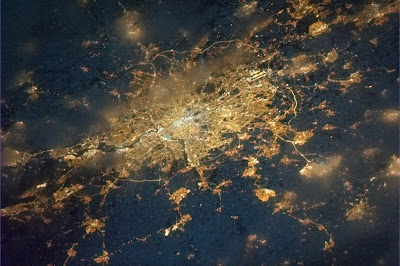INBETWEEN house moves and back at The Jockeys for a few weeks, a holiday lodge in the stable blocks at Casewick Stud which lies in gently rolling Lincolnshire countryside a few miles east of Stamford.
The Stud adjoins Casewick Hall, the attractive grounds and outbuildings of which have a public footpath running through between the village of Uffington on the main Stamford to Market Deeping road and the attractive little hamlet of Barholm.
Casewick Hall is a medieval country house that was substantially remodelled in the 17th century. It is thought to be the location of a deserted medieval village mentioned as ‘Casuic’ in the Domesday survey and later as Casewick in a tax list of 1334.
Daylight may be in short supply at this time of the year but compensations abound when the autumn sun breaks through and transforms the late afternoons into fiery golden vistas.
a short walk from The Jockeys leaves the elegant driveway at Casewick Stud and joins a public footpath at the back of the hall via a gated, tree-lined avenue.
If you turn left the public footpath takes you diagonally across a large arable field until it abuts the main east coast railway, where there is a foot crossing for those heading towards Barholm.
The opposite direction cuts through the grounds and outbuildings of Casewick Hall, many of which have now been converted to homes.
An enclosed driveway lined by a tall beech hedge soon opens into parkland via a cattlegrid and gateway. Sheep wander nonchalantly across the drive and cows graze in the adjoining fields.
After half a mile the driveway crosses another cattlegrid under a second ornate gateway to join a twisting country lane and the pleasant stroll continues towards Uffington.
When the light is right photo opportunities abound and so here is a selection taken on a couple of recent late afternoon walks. Enjoy!





















